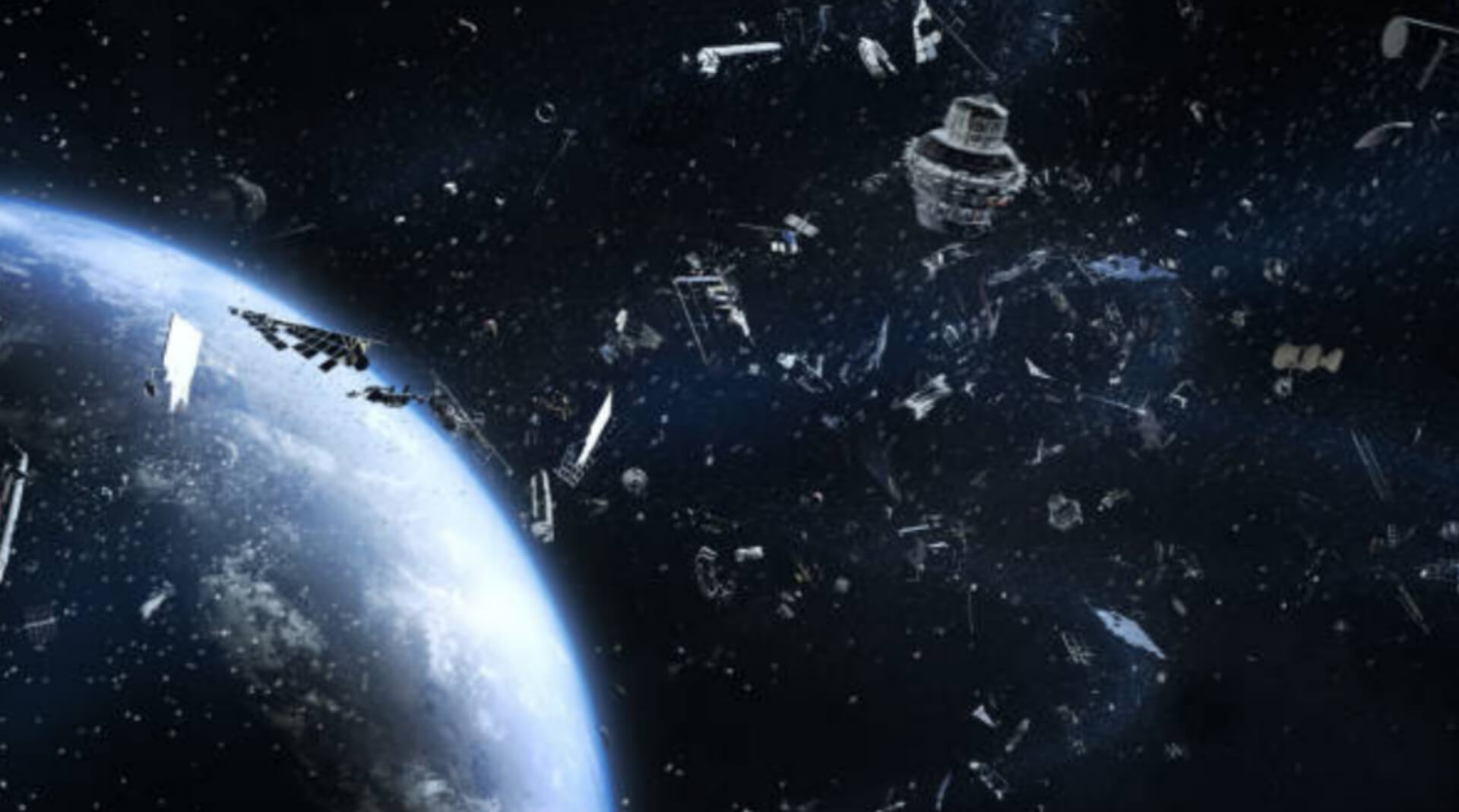In space, nobody can see the microscopic dangers that danger complete annihilation.
Presently revolving around Earth’s circle are in excess of 128 million bits of deny extra from degrading satellites, byproducts of past flight missions and other cosmic accidents — and that is simply checking the flotsam and jetsam that scientists can recognize.
Yet, even the littlest specimens of space waste, for example, paint chips, are definitely not trifling, as indicated by a new report by LiveScience.
Take an occurrence initially revealed in 2016 by European Space Agency space explorer Tim Peake, who snapped a photograph of a pea-sized scratch in the glass window of the International Space Station, left by a scrap of trash close to a couple of thousandths of a millimeter across — about the width of floss.
At the point when an item that little can cause obvious harm, it’s a can’t help thinking about how the roughly 34,000 bits of tolerably sized trash — stuff bigger than 4 inches — isn’t unleashing more ruin for space travelers. Anything greater than what was found in the 2016 episode “would be cataclysmic,” said University of Arizona astronomer Vishnu Reddy.
“Everything comes down to speed,” Reddy told LiveScience, adding that items surrounding Earth in circle with the ISS — around 250 miles above Earth — are climbing to 17,500 mph, as per NASA, which is around multiple times quicker than a speeding bullet.
Heading likewise assumes a part, as items plunging through space toward one another will endure a more critical effect than those moving along nearby paths — similarly as with vehicles out and about, clarified Massachusetts Institute of Technology aeronautics professor Kerri Cahoy.
For the present, the most ideal route for space travelers to forestall such fiascos incorporates following the garbage and devising flight intends to dodge its way; in the interim, scientists keep on growing new advancements for tidying up the garbage — however current methods are restrictively costly and require long periods of preparation.
